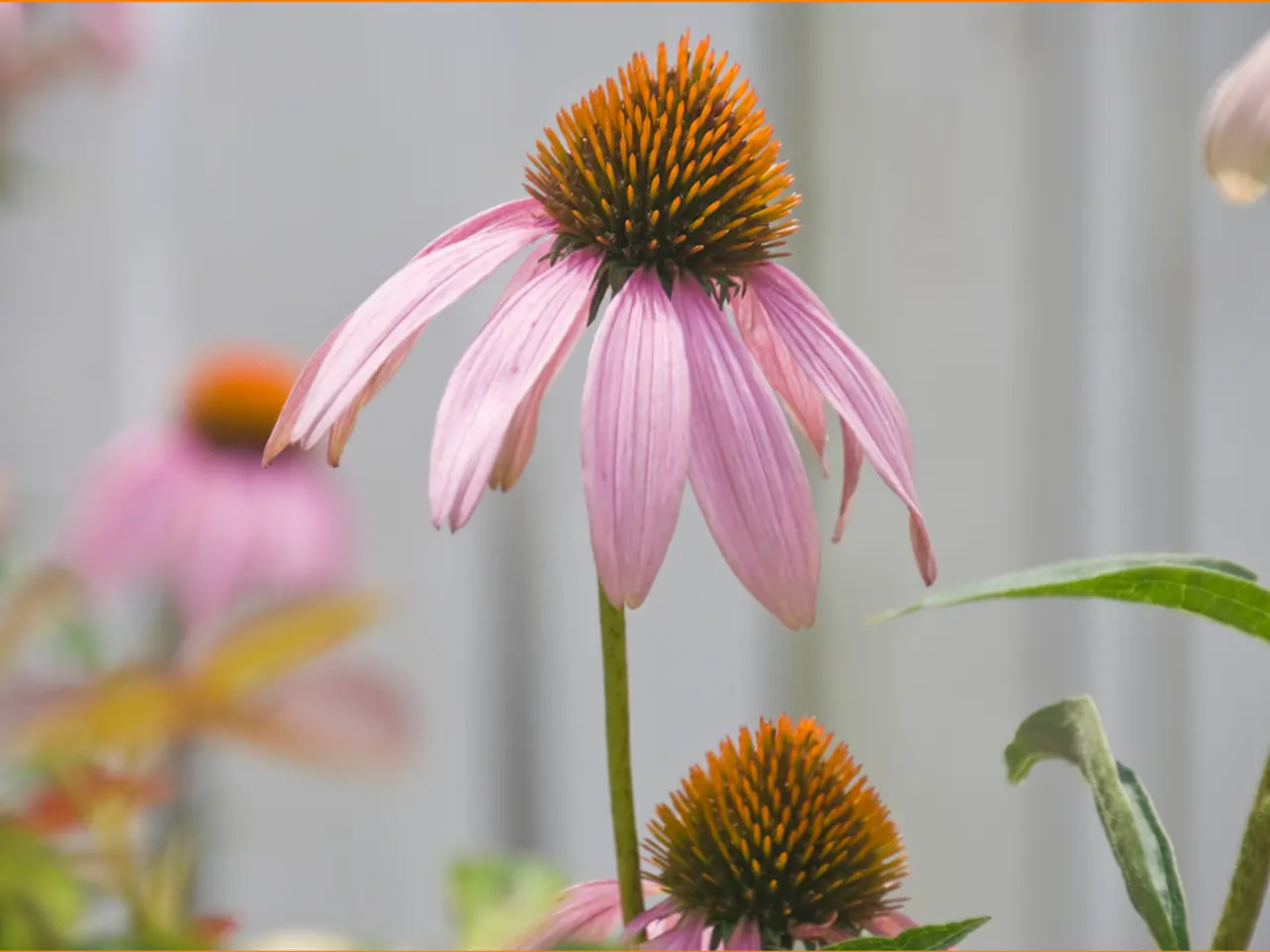Exploring Modern Blooms: A Look at Pink Flowers in Current Flower Trends
Pink flowers, with their gentle and affectionate hues, play a significant role in the world of floral design. They are not just eye-catching additions to arrangements, but also carry deep symbolic meanings that vary across different cultures.
The Symbolism of Pink Flowers in Different Cultures
Western and General Symbolism
In Western cultures, pink flowers such as pink roses symbolize gentle admiration, grace, and young love. They are often used to express affection in early-stage romantic relationships or close friendships, signifying tender emotions rather than intense passion. Pink begonias, similarly, signify gentler affection and budding relationships.
East Asian Cultures
In Chinese culture, pink flowers like begonias are associated with good luck, fortune, and femininity. They are often used in celebrations like the Lunar New Year to attract prosperity and ward off bad energy. In Japan, pink cherry blossoms (sakura) embody the transience of life, renewal, and the fleeting beauty of existence, closely connected to Buddhist themes.
Other Cultural Nuances
Some flowers with pink hues can have conflicting meanings depending on context. For example, while begonias in some African regions are linked to death and mourning, in North Korea, the pink/red hybrid Begonia Kimjongilia symbolizes peace, wisdom, justice, and love.
Influence on Floral Design
Color Choice for Meaningful Communication
Florists and designers utilize pink flowers in arrangements to convey affection, tenderness, renewal, and positive emotions. Pink is often chosen for arrangements meant for celebrations of new love, adoration, or female-centric themes. It is safer for early-stage relationships or friendships as it lacks the intensity of red.
Contextual Appropriateness
In East Asian-inspired designs, cherry blossom motifs or pink flowering branches might be used to symbolize renewal, life's fleeting moments, or cultural heritage celebrations. The softness of pink also complements delicate and elegant themes, leading to its frequent use in weddings, anniversaries, and springtime floral designs.
Cultural Symbolism as Design Inspiration
Florists may tailor pink flower choices based on cultural significance to honor traditions or evoke specific feelings. For example, Western arrangements might feature pink roses for young love, Chinese designs might include begonias for good luck, and Japanese designs might incorporate cherry blossoms for renewal.
The Global Impact of Pink Flowers
Pink flowers are in high demand across global markets. In Kenya, significant acreage is dedicated to premium pink roses to meet European and Middle Eastern demand. In Colombia and Ecuador, pink peonies and ranunculus are grown for time-sensitive shipping during spring peaks. Production planning even considers color as a factor, prioritizing pink flowers with strong head size and color retention for air freight exports.
From the delicate symbolism of a pink rose to the energetic flair of a hot pink gerbera, this color continues to shape how people experience flowers. Whether it's for celebrations, friendships, or reflective occasions, pink flowers offer a versatile and culturally rich element in floral artistry.
Note: While these are common interpretations, individual flower species and local contexts can modify symbolism. Florists and recipients often consider both flower type and cultural background to ensure appropriate floral expression.
- Pink roses signify gentle admiration in Western cultures, symbolizing young love and grace.
- Pink begonias are indicative of gentler affection and budding relationships in Western societies.
- In Chinese culture, begonias are associated with good luck, prosperity, and femininity.
- Cherry blossoms in Japan embody the transience of life and renewal, adhering to Buddhist themes.
- Pink flowers like begonias can represent mourning in some African regions.
- In North Korea, the Begonia Kimjongilia symbolizes peace, wisdom, justice, and love.
- Florists and designers utilize pink flowers in arrangements to convey affection, tenderness, and positive emotions.
- For Western-inspired designs, pink roses are often used for young love, signifying tender emotions.
- Begonias may be used in Chinese celebrations to attract prosperity and ward off bad energy.
- Cherry blossom motifs can symbolize life's fleeting moments or cultural heritage in East Asian-inspired designs.
- The softness of pink suits delicate and elegant themes, leading to its frequent use in weddings and anniversaries.
- Florists may tailor pink flower choices based on cultural significance to honor traditions or evoke specific feelings.
- Production planning in flower exporting countries prioritizes pink flowers with strong head size and color retention.
- Significant acreage is dedicated to premium pink roses in Kenya to meet European and Middle Eastern demand.
- In Colombia and Ecuador, pink peonies and ranunculus are grown for time-sensitive shipping during spring peaks.
- Whether for celebrations, friendships, or reflective occasions, pink flowers offer a versatile and culturally rich element in floral artistry.
- Hot pink gerberas have an energetic flair and continue to shape how people experience flowers.
- Floral designers must consider both flower type and cultural background to ensure appropriate floral expression.
- The world of fashion-and-beauty often incorporates pink flowers to add a touch of elegance to clothing lines.
- The food-and-drink industry sometimes uses pink flowers in edible arrangements, adding a creative and visually appealing touch.
- Home-and-garden stores sell pink flowering plants that complement various interior design aesthetics.
- In relationships, giving pink flowers can show admiration, affection, and the desire for renewal.
- In the field of pets, exotic bird species may be seen with pink blossoms in their cages for decoration.
- The travel industry often features pink flowering trees, such as cherry blossoms or bougainvillea, as attractions during tours.
- Some career-development experts suggest that the color pink promote creativity and empathy, which can foster positive interpersonal relationships.
- In entertainment, pink flowers have been used to decorate stages during movies-and-tv productions.
- Several celebrities are known for incorporating pink flowers in their homes and red-carpet appearances.
- Musicians like Taylor Swift have even named songs and albums after specific types of flowers, such as "Red" for roses.
- Job-search platforms advise candidates to carefully consider their attire, including accessories with floral patterns, in interviews.
- Poker tables in casinos may feature pink rose centerpieces, evoking the concept of elegant gambling venues.
- In the gambling-trends sector, some online slots games incorporate pink flower-themed designs to attract players.
- Casinos might offer special promotions or events during seasons like Valentine's Day or Mother's Day, featuring pink flowers and champagne.
- Personal-growth and skills-training courses might suggest using pink flowers as a reminder of renewal and the beauty in self-improvement.




